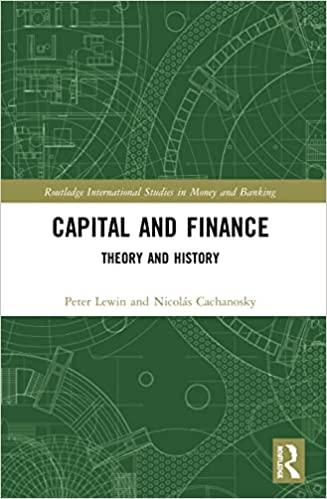1.Sub-Prime Loan Company is thinking of opening a new office, and the key data are shown below. The company owns the building that would be used, and it could sell it for $100,000 after taxes if it decides not to open the new office. Under the new tax law, the equipment used in the project is eligible for 100% bonus depreciation, so it will be fully depreciated at t = 0. At the end of the projects life, the equipment would have zero salvage value. No change in net operating working capital (NOWC) would be required for the project. Revenues and operating costs would be constant over the project's 3-year life. What is the project's NPV? (Hint: Cash flows are constant in Years 1-3.) Do not round the intermediate calculations and round the final answer to the nearest whole number.
| WACC | 10.0% |
| Opportunity cost after taxes | $100,000 |
| Equipment cost | $63,000 |
| Annual sales revenues | $129,000 |
| Annual operating costs | $33,000 |
| Tax rate | 25.0% |
2. Zorn Corporation is deciding whether to pursue a restricted or relaxed working capital investment policy. The firm's annual sales are expected to total $4,400,000, its fixed assets turnover ratio equals 4.0, and its debt and common equity are each 50% of total assets. EBIT is $150,000, the interest rate on the firm's debt is 10%, and the tax rate is 40%. If the company follows a restricted policy, its total assets turnover will be 2.5. Under a relaxed policy its total assets turnover will be 2.2.
If the firm adopts a restricted policy, how much lower would its interest expense be than under the relaxed policy? Do not round intermediate calculations.
3. Madura Inc. wants to increase its free cash flow by $150 million during the coming year, which should result in a higher EVA and stock price. The CFO has made these projections for the upcoming year:
| | EBIT is projected to equal $910 million. |
| | Gross capital expenditures are expected to total to $250 million versus depreciation of $120 million, so its net capital expenditures should total $130 million. |
| | The tax rate is 40%. |
| | There will be no changes in cash or marketable securities, nor will there be any changes in notes payable or accruals. |
What increase in net operating working capital (in millions of dollars) would enable the firm to meet its target increase in FCF?
4. Nogueiras Corp's budgeted monthly sales are $3,500, and they are constant from month to month. 40% of its customers pay in the first month and take the 2% discount, while the remaining 60% pay in the month following the sale and do not receive a discount. The firm has no bad debts. Purchases for next month's sales are constant at 50% of projected sales for the next month. "Other payments," which include wages, rent, and taxes, are 25% of sales for the current month. Construct a cash budget for a typical month and calculate the average cash gain or loss during the month. Do not round intermediate calculations.
5. Inmoo Company's average age of accounts receivable is 48 days, the average age of accounts payable is 40 days, and the average age of inventory is 43 days. Assuming a 365-day year, what is the length of its cash conversion cycle?






